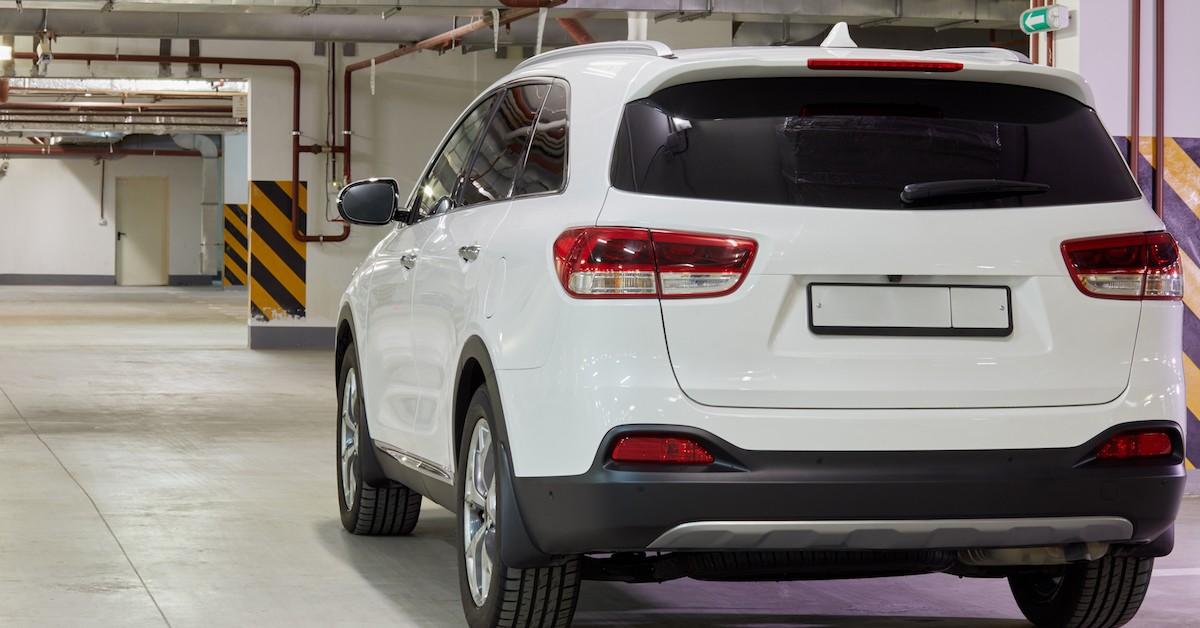When it comes to making a smart car purchase, you’ll read a lot about how to get the best price. But that’s really just the beginning.
Remember that you will expect to have the car for several years, and it’ll never stop costing you the whole time.
Making the right choice at the dealer can help ensure that you and your new-to-you car will have many happy miles together, without breaking the bank.

Think About Depreciation
We all know that a new car loses a significant portion of its value in the first few years of life, up to 30% in the first year alone, and up to 60% by the end of five years. So buying a used car is already a smart way to manage the budget.
Buying Certified Pre-owned can sometimes net dividends because you enjoy the savings of a used car and still take advantage of the manufacturer’s warranty.
But before you sign on the dotted line, make sure you understand your potential car’s depreciation value. Vehicles have ratings that describe how long the average make and model is likely to last. Cars with the reputation for longevity may cost a bit more up front, but could potentially save you thousands in maintenance and repairs – not to mention the hassle of buying another vehicle.
Choose the Right Vehicle
No car lasts forever, but some makes can keep running so long that they’ll feel like part of the family. There are some vehicles that could keep you going for ten years, depending on the beating you give them, of course.
According to the Forbes list of 15 vehicles that are most likely hit 200,000 miles or more, 7 of them are Toyotas. This brand is the gold standard when it comes to longevity, and you can’t really go wrong with any model of Toyota.
Other makes with a solid reputation for staying on the road are Honda, GMC, Chevrolet, and Ford. Be sure to do in-depth research on the model you’ve selected – in general pick-up trucks and larger SUVs dominate the list of longest-running vehicles.
Toyota Land Cruiser leads the pack in this regard. Unmatched by any other make and model, this impressive vehicle has 15.7% of those produced that are still on the road after 200,000 miles. Even at 300,000 miles, 1.5% continue to roll along. With an industry average of 1% of vehicles making it to 200,000, that’s a clear advantage.
Only one of the cars described by Forbes is a sedan-style vehicle, but it’s no surprise that it’s from Toyota. The Toyota Avalon can report 2.6% with at least 200,000-miles on the odometer at the time of their last sale. The midsize Honda Accord is another great pick, as is the smaller Honda Civic.
If you are looking to a hybrid for your next vehicle, the Toyota Highlander Hybrid – a crossover SUV – can boast 4.2% that are still running after 200,000 miles. Strong alternatives in this category include the Toyota Prius and the Tesla Model S, an all-electric car. Honda Odyssey dominates the minivan market.
Save on Maintenance
Every vehicle is going to need regular maintenance to perform at their best. This can be a significant expense over its life span. Parts that must be regularly replaced include brake pads, tires, oil and air filters, windshield wipers, spark plugs, internal fluids, and battery.
You should also get a tune-up every 10,000 to 12,000 miles, which can help prevent major breakdowns that are even more costly. A car that’s regularly tuned is less likely to nickel and dime you to death over the course of its life. It also uses gasoline more efficiently, saving you big at the pump.
All of that maintenance will add up, but there are ways to lower the bill. Maybe the most important thing is to find a reliable mechanic. The best way to locate a great one is to call around and ask for quotes.
Don’t let anyone give you one price for “parts and labor” but ask for an itemized quote that breaks these down into separate categories. Chances are good that you can find the parts themselves for much cheaper at online discount auto parts stores.
Doing Your Part
And finally, you can preserve your vehicle’s value just by keeping it clean. This is especially important during winter months when you may be picking up a lot of de-icer from the road. This stuff can make its way into cracks in your car’s paint, causing rust to the body. Sticky sap and pollen from nearby trees can additionally settle onto a car, attracting more grime from the surrounding air.
It’s also important to wipe down the interior regularly. Eating and smoking inside your car will definitely steal value so consider whether it is necessary. Torn upholstery, minor dings, and cracked windshields should all be repaired as soon as they happen.
By following these tips, from your day at the dealership through many years of satisfying ownership, you can save big on that used car. And you’ll save not just money, but frustration, too. That’s a good bargain all around.
Sources:
https://www.forbes.com/sites/jimgorzelany/2020/02/27/15-vehicles-that-can-run-for-200000-even-300000–miles-or-more/#2ed181971865
